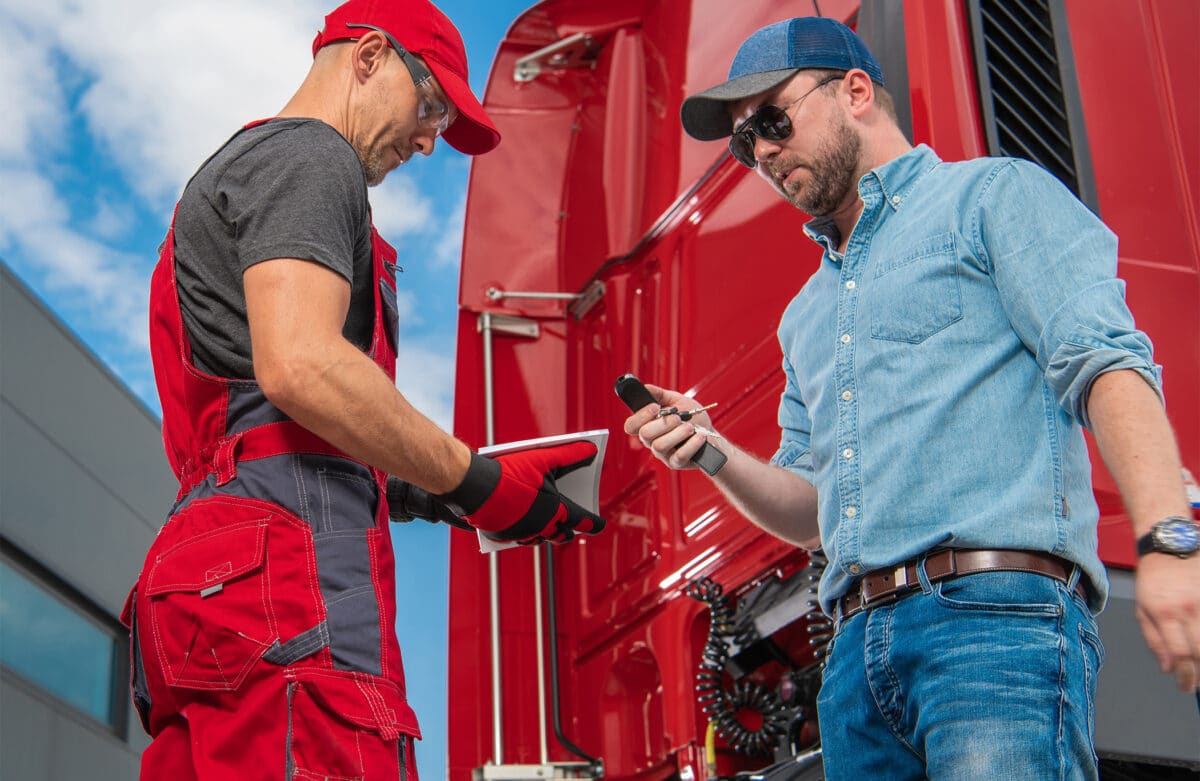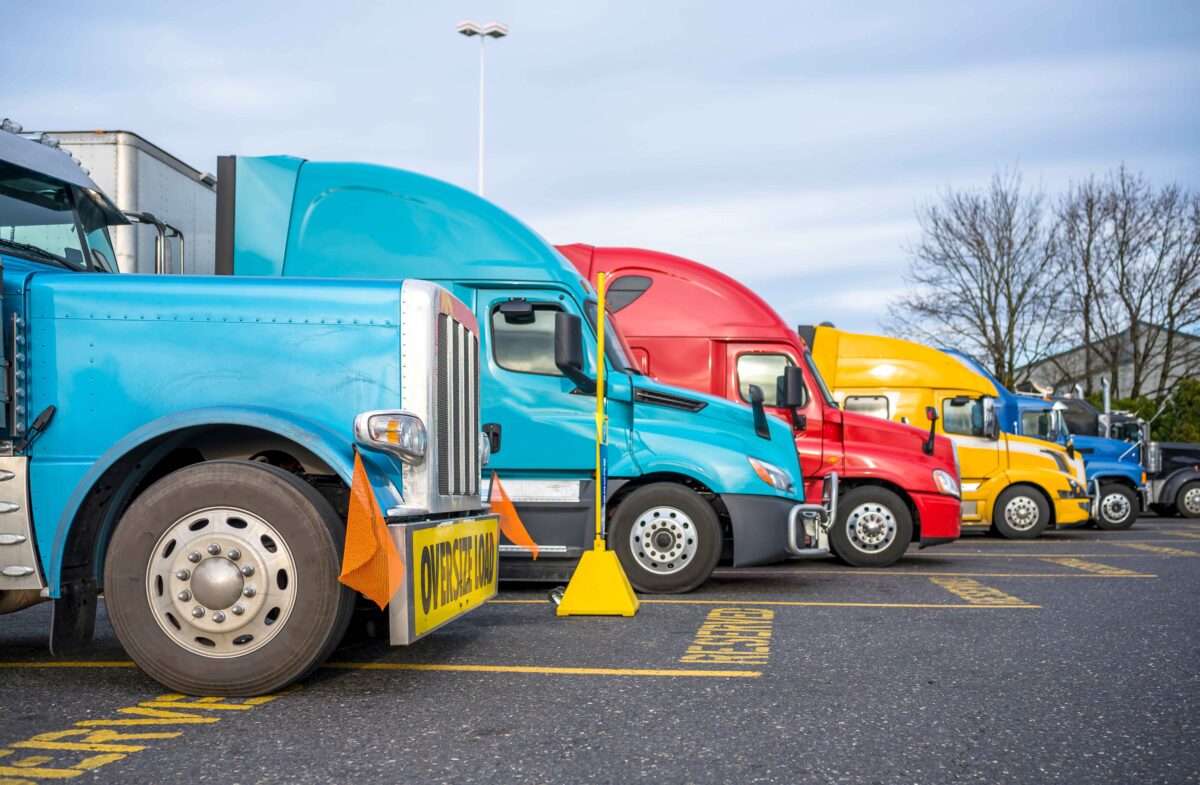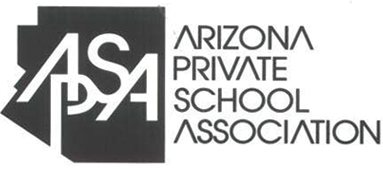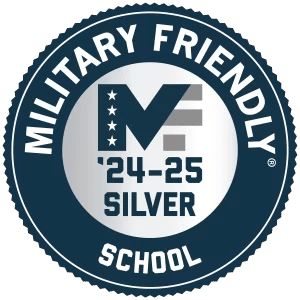When starting a career in truck driving, understanding the different contracts you’ll encounter is essential. Trucking contracts can vary widely, and it’s important to know what you’re signing up for to ensure fair and beneficial terms. Let’s explore the different types of trucking contracts and what new drivers should look out for.
Types of Trucking Contracts
When starting your trucking career, you’ll encounter various types of contracts that define your work terms and responsibilities. Understanding these contracts is crucial for ensuring that you enter agreements that align with your career goals and provide fair conditions.
Here are the main types of trucking contracts you might come across:
- Lease Agreements
Lease agreements are common in the trucking industry. These contracts are between the driver and the trucking company, where the driver leases the vehicle from the company. It’s crucial to read the lease terms carefully. Look out for details about maintenance costs, mileage limits, and what happens if you need to end the lease early. Make sure you understand your financial responsibilities under the lease.
- Owner-Operator Contracts
As an owner-operator, you own your truck and contract with a company to haul their freight. This type of contract offers more independence but also comes with more responsibilities. Key points to review include payment terms, load assignments, and fuel surcharge agreements. Ensure that the contract clearly outlines your rights and responsibilities.
- Employment Contracts
Employment contracts are straightforward and similar to contracts in other jobs. These contracts outline your job duties, salary, benefits, and working conditions. Pay attention to the terms regarding overtime, bonuses, and benefits. Ensure that the contract specifies the conditions under which it can be terminated.
- Independent Contractor Agreements
Independent contractor agreements are for drivers who want more flexibility. As an independent contractor, you aren’t an employee of the company, which means you have more control over your work schedule. However, you also won’t receive benefits like health insurance or retirement plans. Review the agreement for payment rates, tax responsibilities, and the process for disputing charges or payments.
What to Look Out For
When reviewing trucking contracts, there are a few critical aspects to keep in mind:
- Payment Terms: Understand how and when you will be paid. Look for details on per-mile rates, detention pay, and any bonuses.
- Termination Clauses: Check the conditions under which either party can terminate the contract. Make sure there are fair terms for ending the contract.
- Expenses & Deductions: Be clear on what costs you’re responsible for and how they will be deducted from your pay.
- Maintenance & Repairs: If leasing a truck, know who handles maintenance and repairs and what costs are involved.
- Insurance: Understand what type of insurance coverage is provided and what you need to secure on your own.
Start Your Trucking Career Right
Understanding trucking contracts is crucial for new drivers. By knowing the different types of agreements and what to look for, you can make informed decisions that benefit your career. At Yuma Truck Driving School, we prepare you not just for the road but also for the business side of trucking. Our comprehensive training ensures you’re ready to tackle any contract with confidence.













